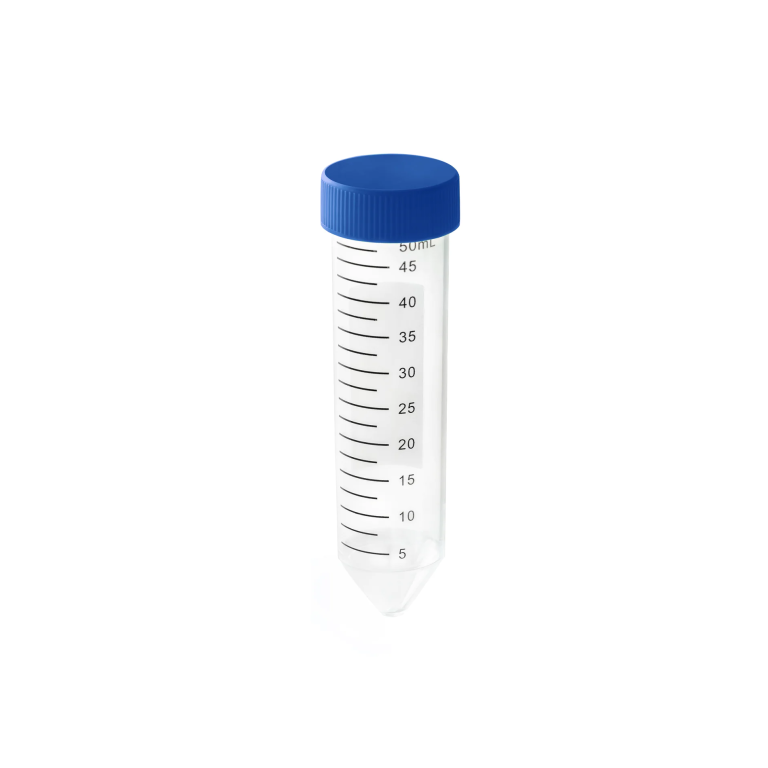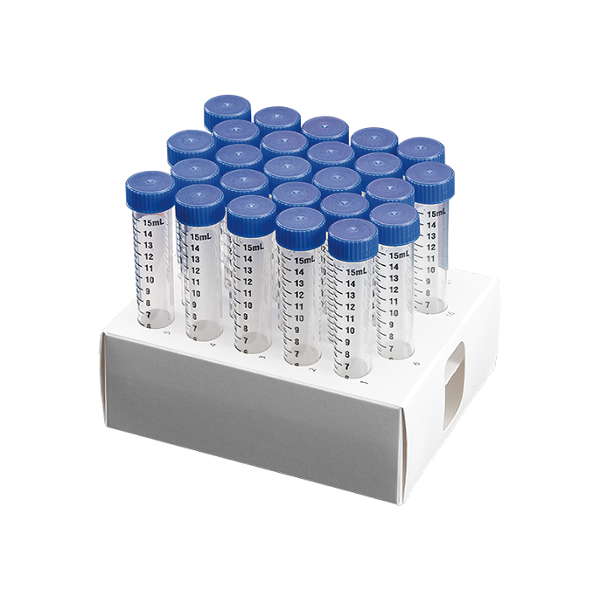PCR strips, also known as tube strips or strip tubes, are small plastic strips that contain multiple individual PCR tubes, usually 8 or 12 tubes per strip. They have some key uses in PCR:
– Sample organization – PCR strips allow you to organize multiple, small-volume PCR reactions by sample. Each tube in the strip is assigned to a different sample.
– Reaction separation – The individual tubes keep each PCR reaction separate and prevent cross-contamination between samples.
– Heat transfer – The thin walls and high surface area to volume ratio promote effective heat transfer during thermal cycling.
– High-throughput – Strips allow running many reactions in parallel in the thermal cycler block, increasing throughput.
– Space saving – Strips take up less space compared to individual reaction tubes.
– Handling ease – The entire strip can be handled together, allowing easy transport of multiple reactions.
– Automation – PCR strips are compatible with robotic pipetting and other automation. In summary, PCR strips provide an efficient way to organize, separate and process multiple small-volume PCR reactions in parallel. They simplify reaction setup and downstream processing.


